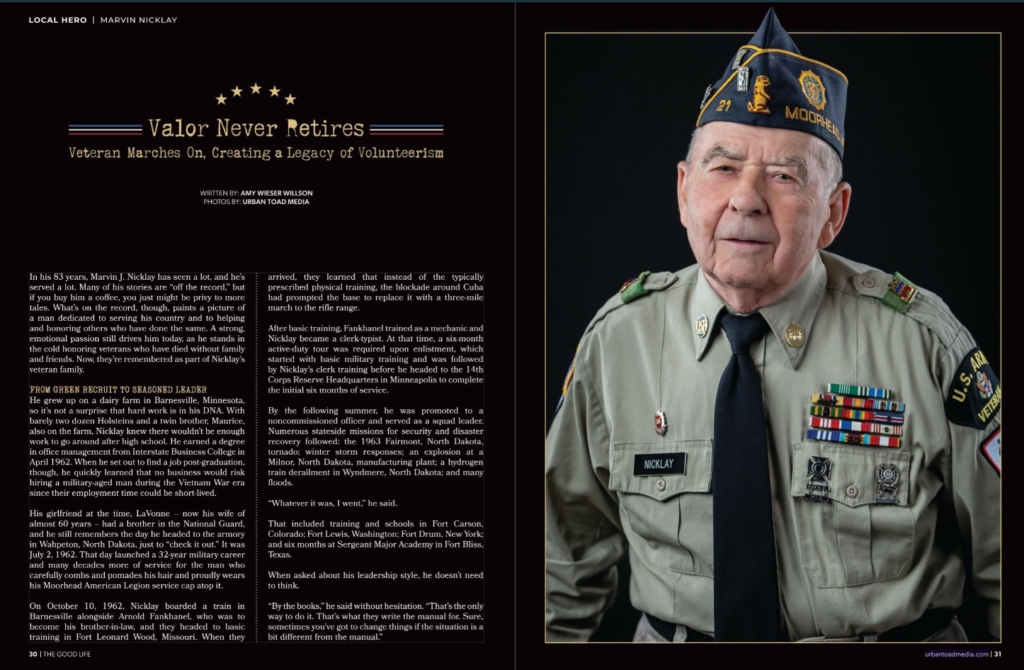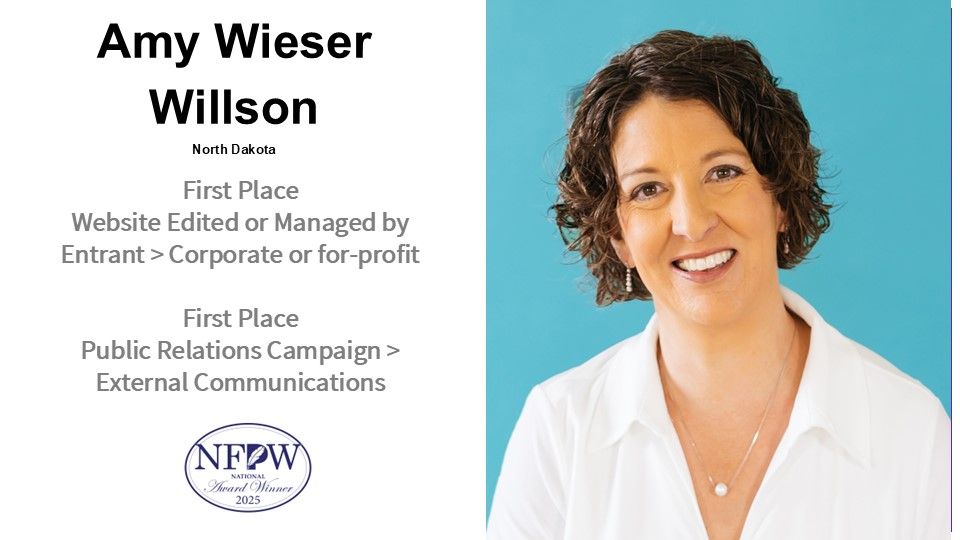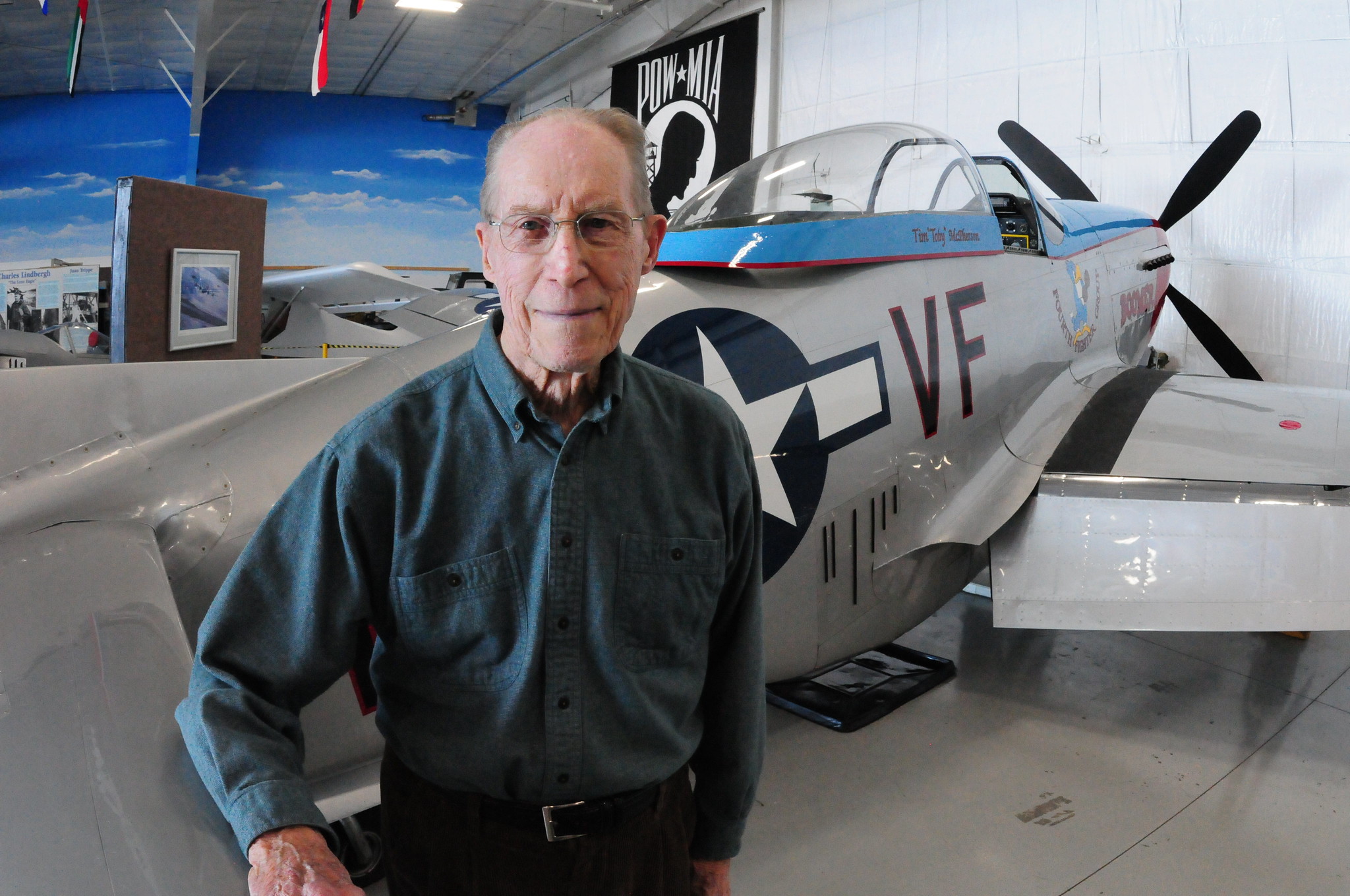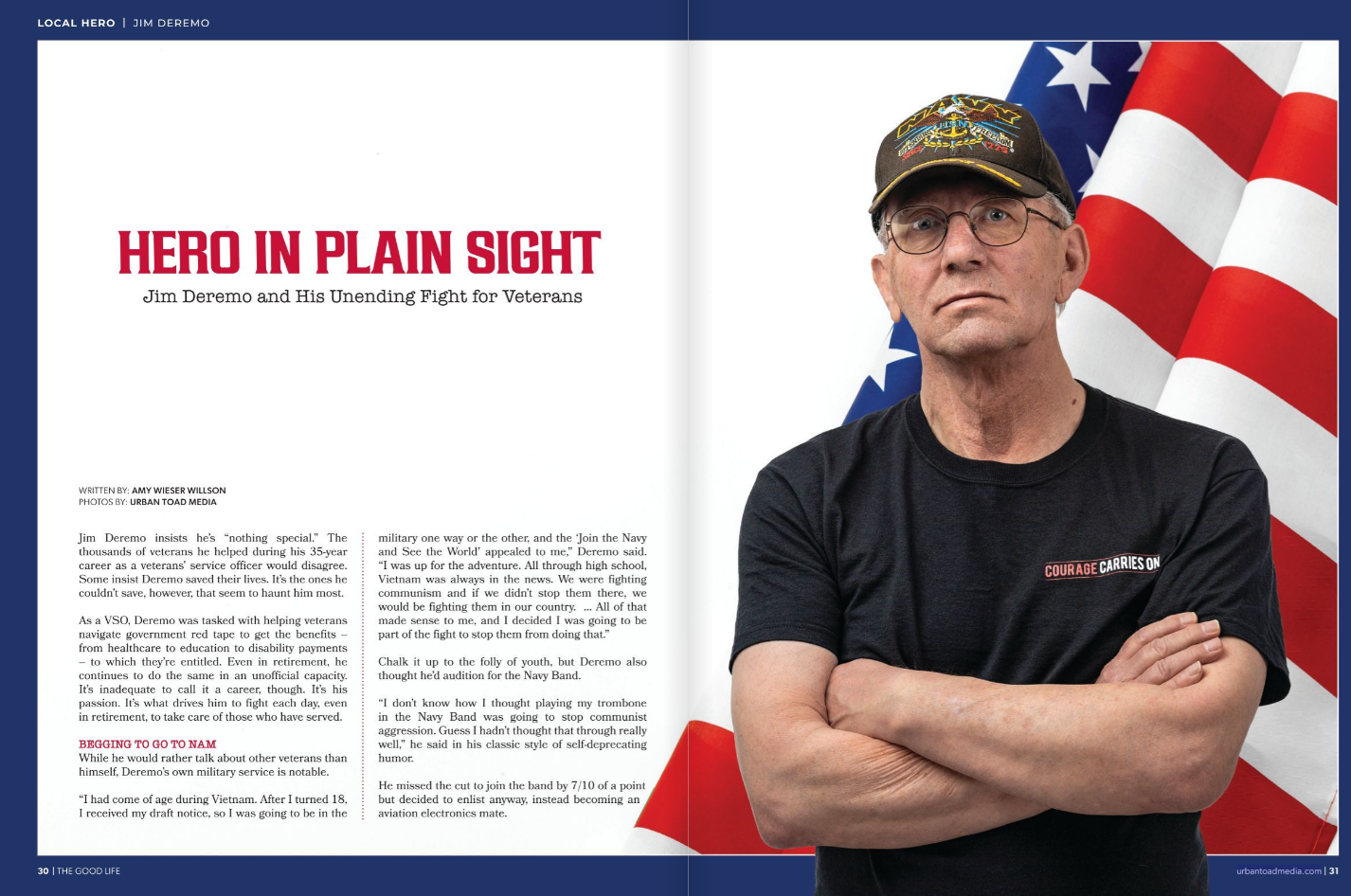
This story originally appeared in the The Good Life – March-April 2024 issue, published by Urban Toad Media.
Valor Never Retires
Veteran Marches On, Creating a Legacy of Volunteerism
In his 83 years, Marvin J. Nicklay has seen a lot, and he’s served a lot. Many of his stories are “off the record,” but if you buy him a coffee, you just might be privy to more tales. What’s on the record, though, paints a picture of a man dedicated to serving his country and to helping and honoring others who have done the same. A strong, emotional passion still drives him today, as he stands in the cold honoring veterans who have died without family and friends. Now, they’re remembered as part of Nicklay’s veteran family.
FROM GREEN RECRUIT TO SEASONED LEADER
He grew up on a dairy farm in Barnesville, Minnesota, so it’s not a surprise that hard work is in his DNA. With barely two dozen Holsteins and a twin brother, Maurice, also on the farm, Nicklay knew there wouldn’t be enough work to go around after high school. He earned a degree in office management from Interstate Business College in April 1962. When he set out to find a job post-graduation, though, he quickly learned that no business would risk hiring a military-aged man during the Vietnam War era since their employment time could be short-lived.
His girlfriend at the time, LaVonne – now his wife of almost 60 years – had a brother in the National Guard, and he still remembers the day he headed to the armory in Wahpeton, North Dakota, just to “check it out.” It was July 2, 1962. That day launched a 32-year military career and many decades more of service for the man who carefully combs and pomades his hair and proudly wears his Moorhead American Legion service cap atop it.
On October 10, 1962, Nicklay boarded a train in Barnesville alongside Arnold Fankhanel, who was to become his brother-in-law, and they headed to basic training in Fort Leonard Wood, Missouri. When they arrived, they learned that instead of the typically prescribed physical training, the blockade around Cuba had prompted the base to replace it with a three-mile march to the rifle range.
After basic training, Fankhanel trained as a mechanic and Nicklay became a clerk-typist. At that time, a six-month active-duty tour was required upon enlistment, which started with basic military training and was followed by Nicklay’s clerk training before he headed to the 14th Corps Reserve Headquarters in Minneapolis to complete the initial six months of service.
By the following summer, he was promoted to a noncommissioned officer and serving as a squad leader. Numerous stateside missions for security and disaster recovery followed: the 1963 Fairmont, North Dakota, tornado; winter storm responses; an explosion at a Milnor, North Dakota, manufacturing plant; a hydrogen train derailment in Wyndmere, North Dakota; and many floods.
“Whatever it was, I went,” he said.
That included training and schools in Fort Carson, Colorado; Fort Lewis, Washington; Fort Drum, New York; and six months at Sergeant Major Academy in Fort Bliss, Texas.
When asked about his leadership style, he doesn’t need to think.
“By the books,” he said without hesitation. “That’s the only way to do it. That’s what they write the manual for. Sure, sometimes you’ve got to change things if the situation is a bit different from the manual.”
By 1989, he had earned the rank of first sergeant and was ready to lead his first overseas mission. His unit was scheduled to do two-week rotations in Honduras to build a road between towns.
“It was an eye-opener,” he said of his first trip outside the United States. Most transport was by foot or donkey. Clothes were washed in creeks and laid on rocks to dry. Huts had openings but no doors or windows that could close. Food was made in clay ovens inside or next to huts. Fighting was taking place with the nearby Nicaraguans, too, and the conflict lodged a few bullet holes in the unit’s equipment.
Nicklay returned to Honduras in 1992, when the project wrapped up, for closing ceremonies.
MARCHING AHEAD WITH FUTURE LEADERS
On November 1, 1994, – after “32 years, 4 months and one day … well, maybe an hour or so short for the full day” – Nicklay retired from the military. He had earned the right to don a veteran cap and relax, but that wasn’t his nature.
By 1996, he acknowledged something was missing from his life, so he walked into Bentson Bunker Fieldhouse at North Dakota State University, which housed the college’s ROTC program, and offered himself up. By that fall, he was volunteering at 7 a.m. Wednesday mornings to teach the students drill and ceremony. As an experienced NCO, he considered marching and leading troops a specialty of his. He returned every Wednesday evening to provide more training.
That wasn’t all, though.
When Nicklay first approached the ROTC leadership in the spring, they were packing up at the end of the school year. When he returned in the fall, they were packing up again, but this time for a field training exercise at Camp Ripley, near Little Falls, Minnesota. That was on a Thursday. The next day, Nicklay had his bags packed and was heading out with them.
Due to the military drawdown at the time, there were only three ROTC leaders on staff.
“I told them, ‘Whenever you get filled up or don’t need me, just tell me. I don’t want to get in the way.’”
It seemed he never did interfere.
After more than seven years assisting with Army ROTC, he walked across the hall and started fresh with the Air Force ROTC program. In all, he dedicated 20 years of his life to helping nurture young military leaders.
“They’re just a great bunch of kids,” he said.
He still stays in touch with some of them. During his first semester with the program, there were only two cadets, and they were both women. Last year, he got an invitation to one of those cadet’s promotion ceremonies. She rose to the rank of brigadier general.
LEAVING NO SOLDIER BEHIND
This brings us to 2016, just a couple of years before Nicklay retired from working full-time, which he had been doing all the while he was serving and volunteering. Being in his mid-70s, one would think it was time to fully enjoy some R&R while cherishing the memories of his more than 50 years of volunteer service to the military.
You know that’s not where this story ends, of course.
Throughout the years, Nicklay had been providing funeral honors, starting in Barnesville in 1963 and continuing with the American Legion after moving to Moorhead the following year. In 1997, he joined the United Patriotic Bodies, which is comprised of volunteers from local veteran organizations, to provide funeral honors. The efforts stepped up after the Fargo National Cemetery was dedicated in 2019.
Like all things in life, Nicklay went all in. He’s lost count of how many times he has provided funeral honors, but he keeps a log and knows the exact count of how many have been laid to rest at the Fargo National Cemetery: 902 as of the end of 2023, 145 of whom were veterans’ spouses. He’s paid honors to most. He does more than just the actual funeral honors, though. He works directly with the funeral homes, and he alerts the team on times and dates. When the cemetery was able to hire a manager, he continued to coordinate and help while she got a feel for the job responsibilities.
Even more so than his other volunteer work, this one is deeply personal – especially when it comes to veterans who die without family.
Nicklay chokes up talking about the first unclaimed veteran to be buried at the Fargo National Cemetery.
“He’s gonna have a family,” he insisted with watery eyes when he was told there wouldn’t be anybody there.
Through veterans’ efforts, about 200 people came to pay respects to that first unclaimed veteran. The Legion Riders provided an escort from the funeral home to the cemetery along with more than a dozen classic car enthusiasts from the Valley Vintage Car Club.
“From everywhere,” he said. “They were willing to come.”
And they did.
“The TV station was there. Radio was there. We had cars lined up at least a quarter mile back if not farther.”
They all showed up to respect a veteran they never knew.
Ten more unclaimed veterans have since been laid to rest at the cemetery, and each time, Nicklay ensured they were sent off surrounded by their new family of veterans.
LIVING THE GOOD LIFE
So, what does a good life look like to Nicklay?
“Well, my toes are still pointing straight ahead,” he said with a half-smile and a sparkle in his eye.
It’s more than that, though.
“Throughout the Guard years, and with ROTC, and even now, without my family’s support, including my wife, LaVonne, and daughters, Sandy and Janice, I couldn’t do it.” He tries “to make the best of what happens,” too. “If you think you’ve got it tough, look around. You’ll see you really ain’t got it so damn tough.”







